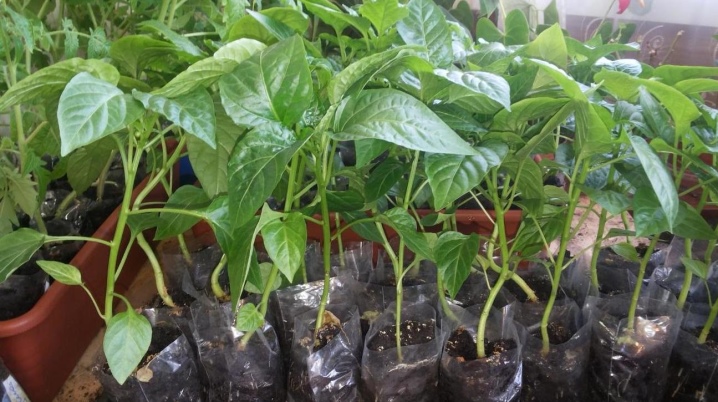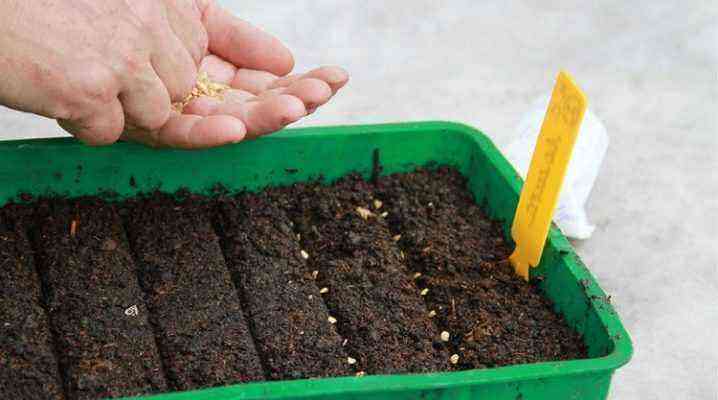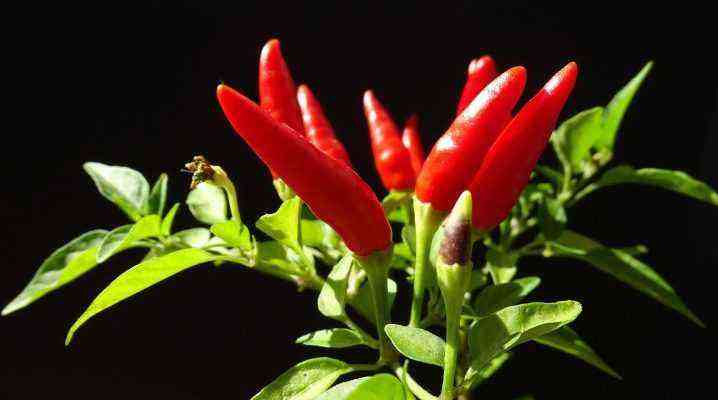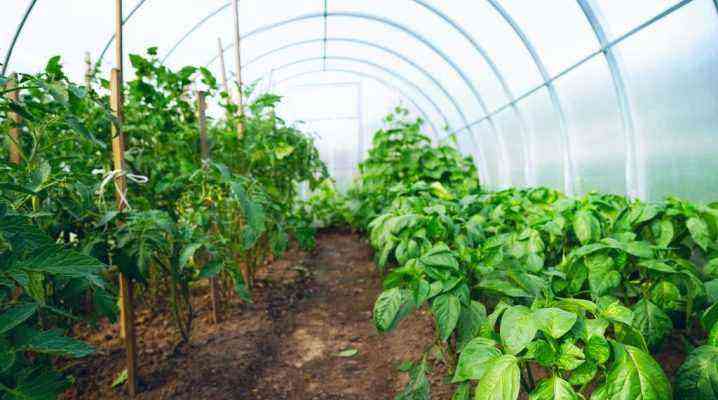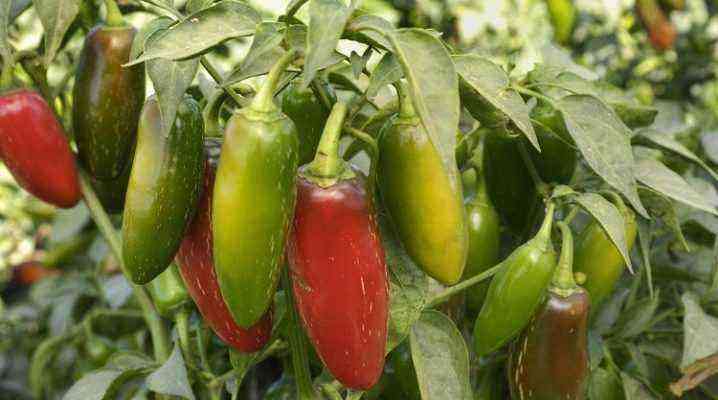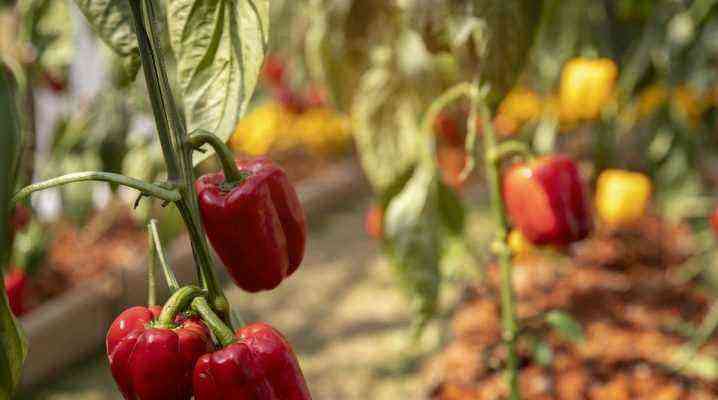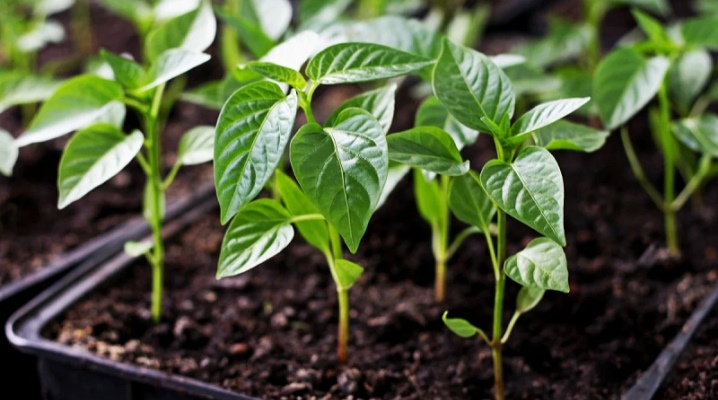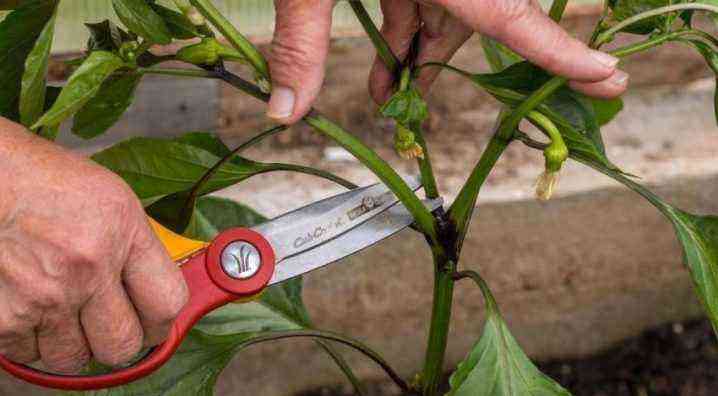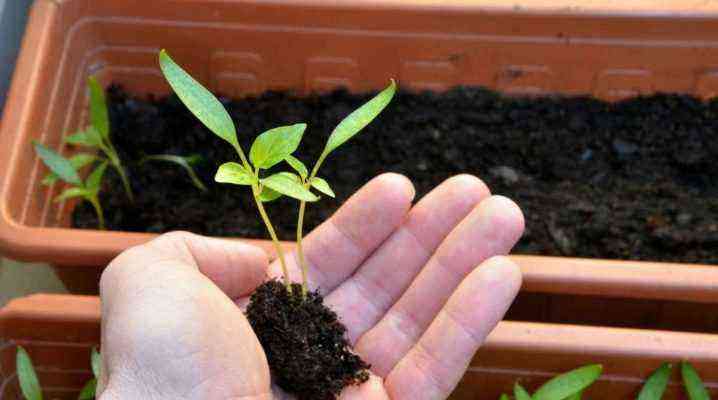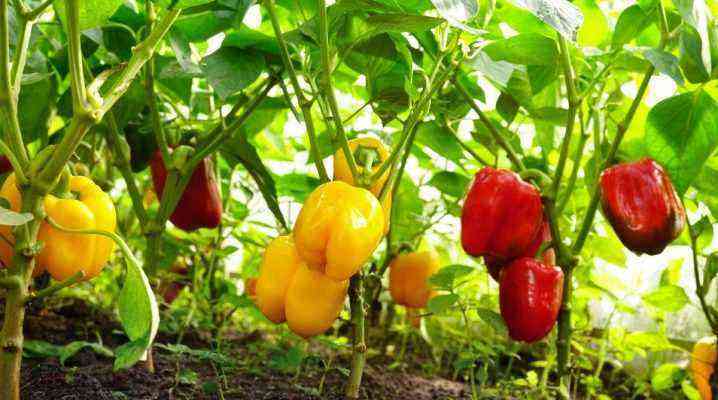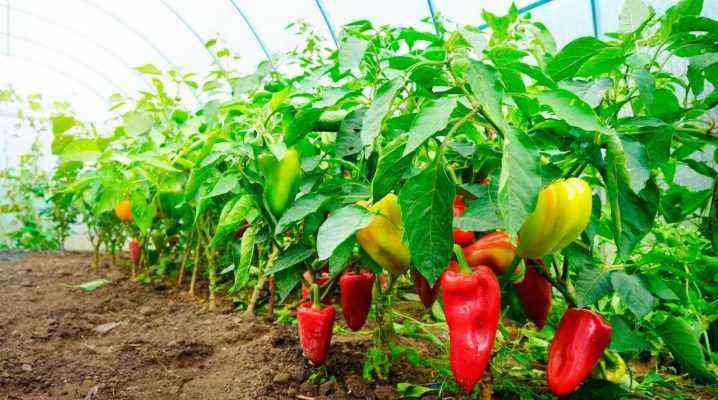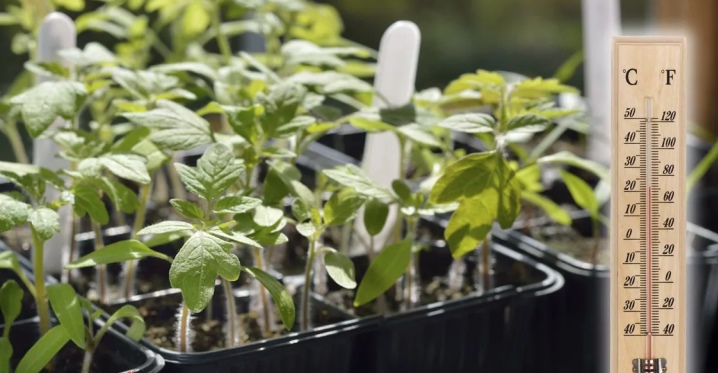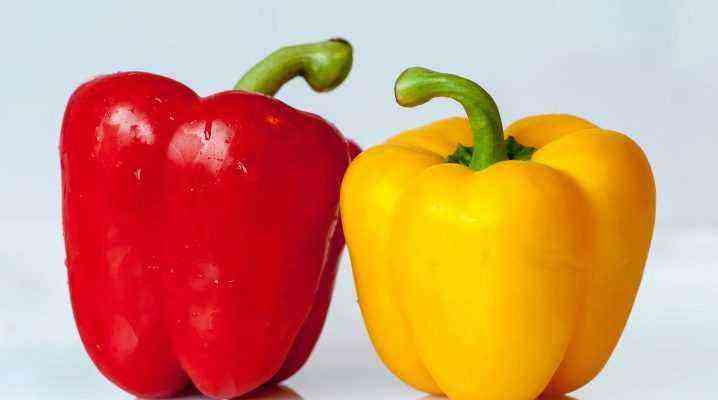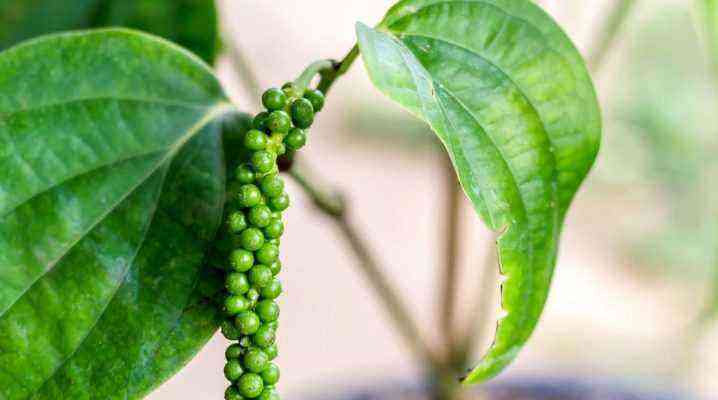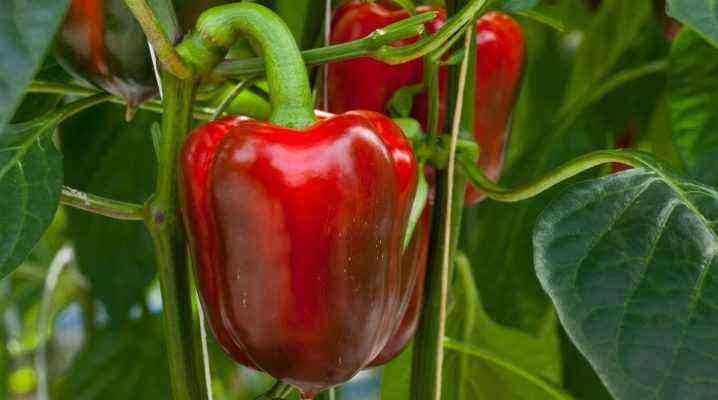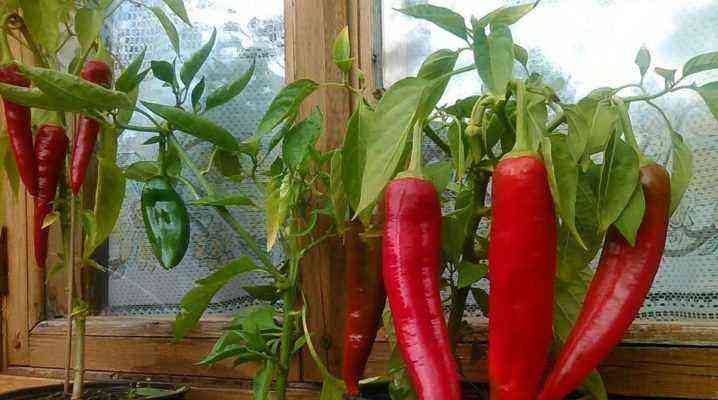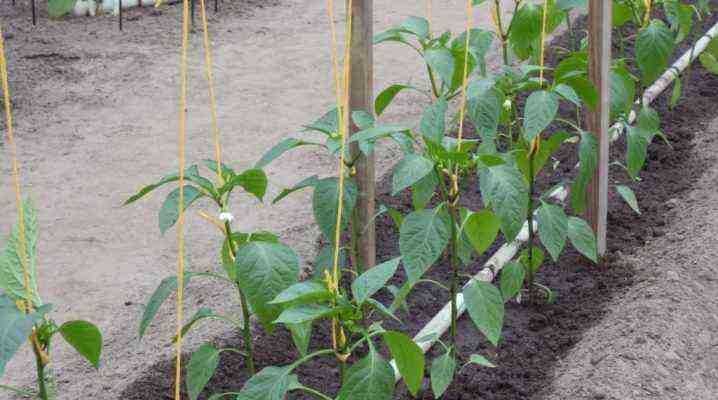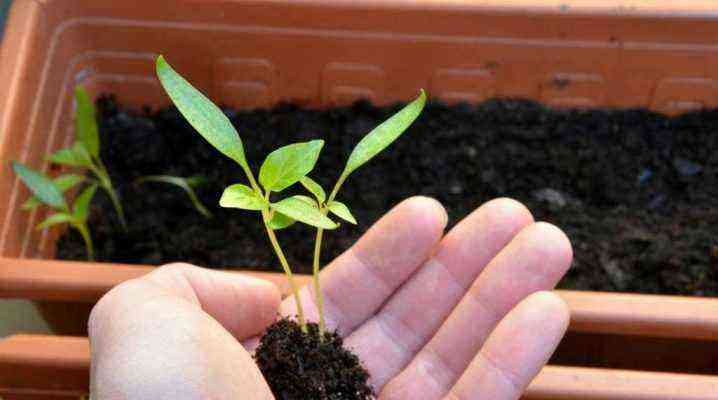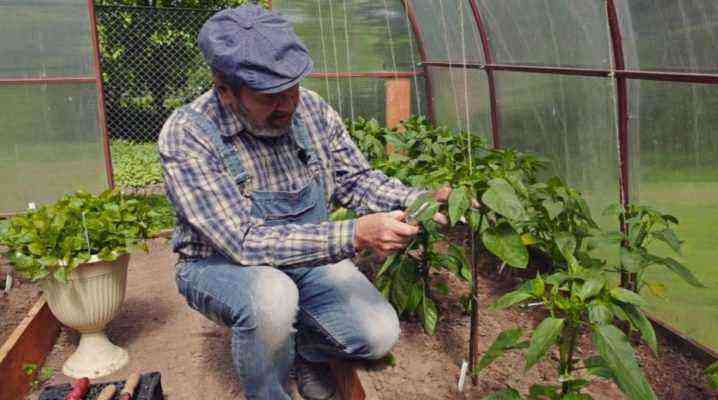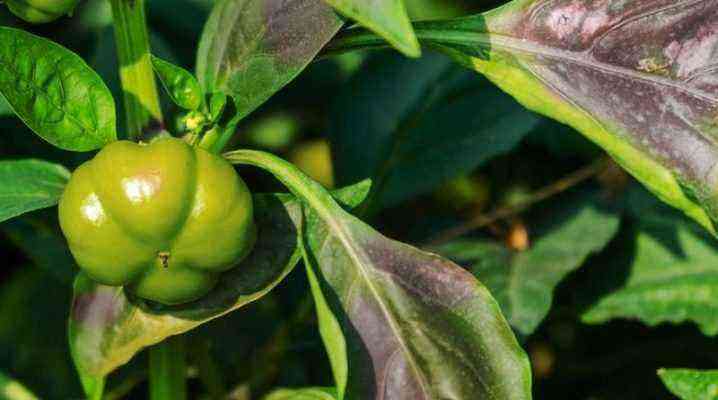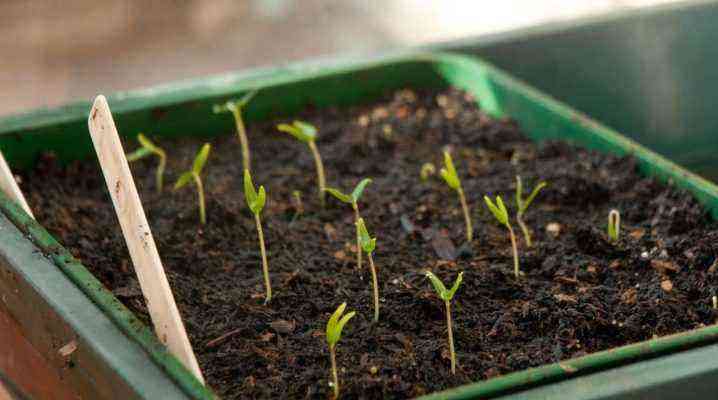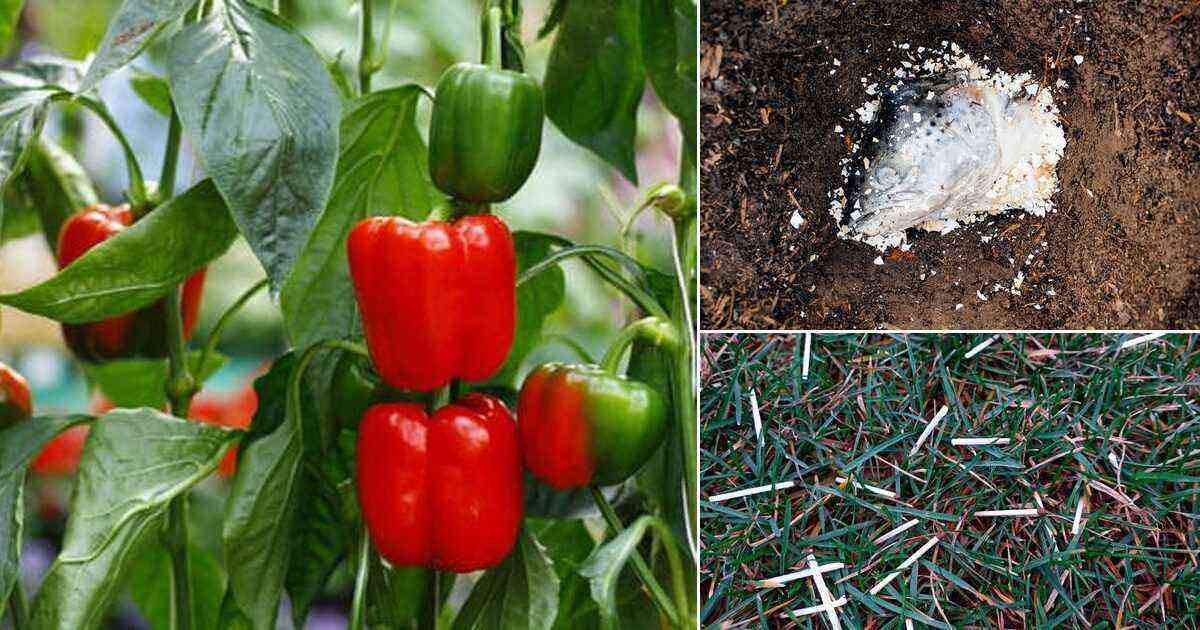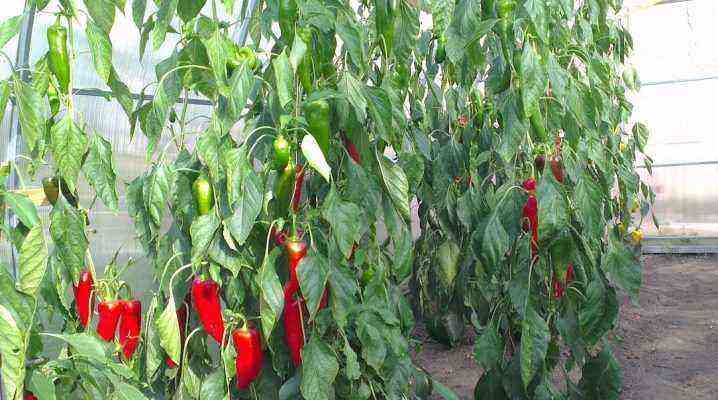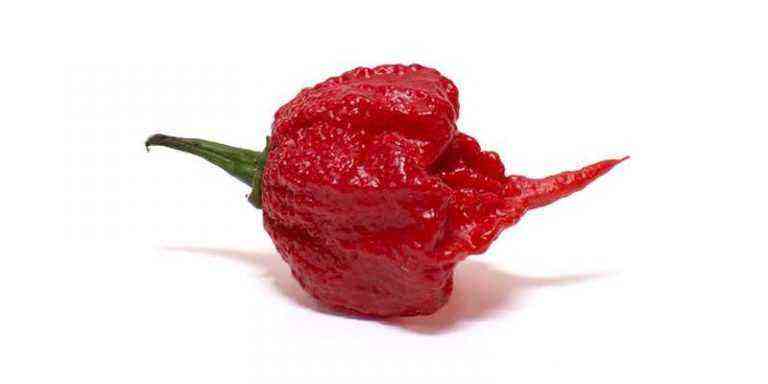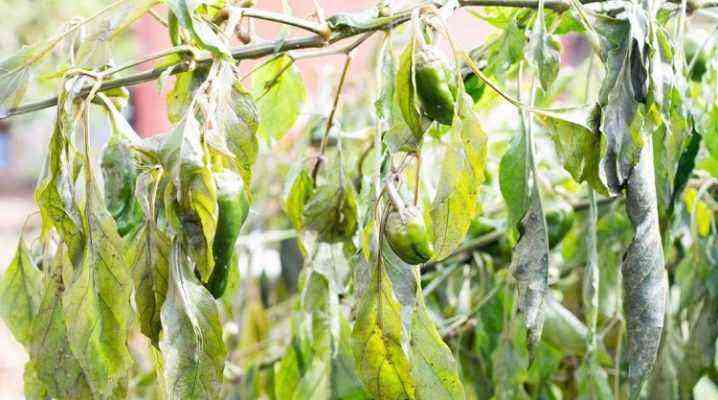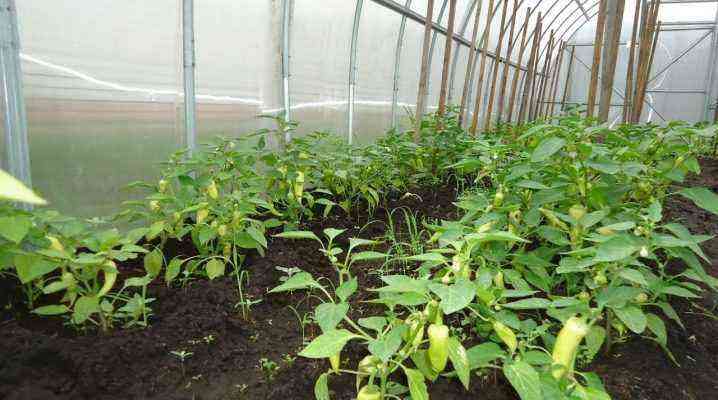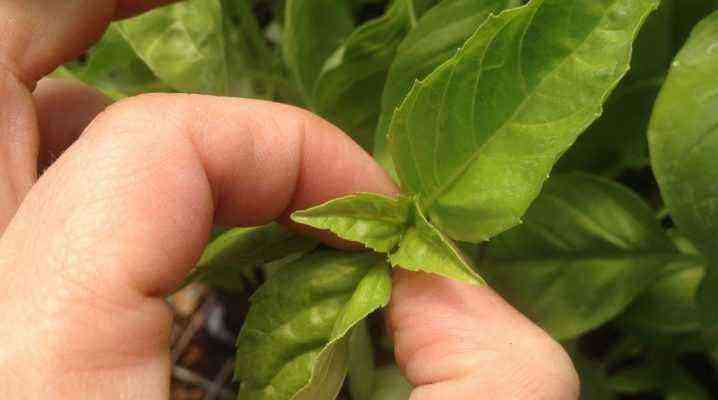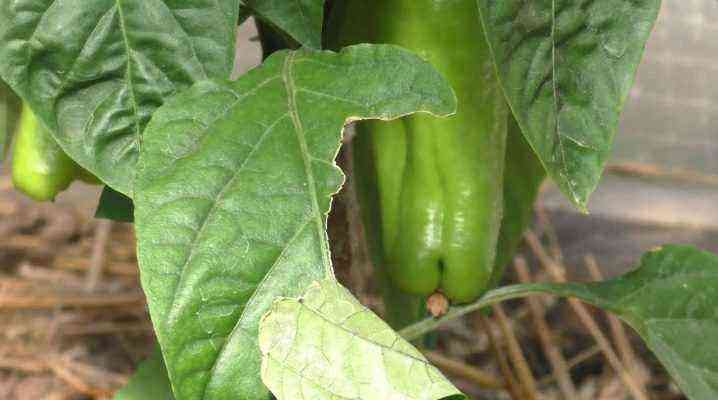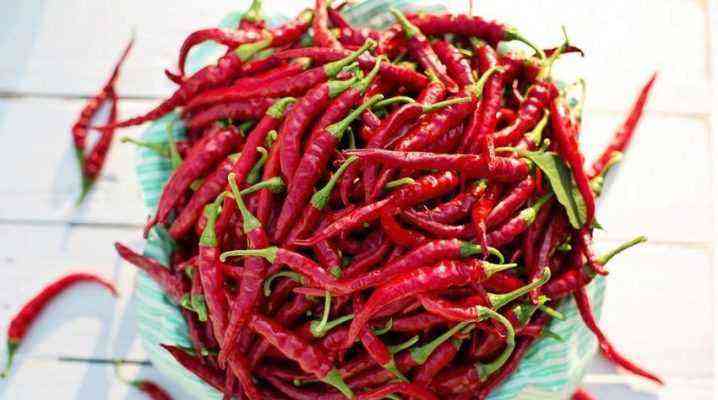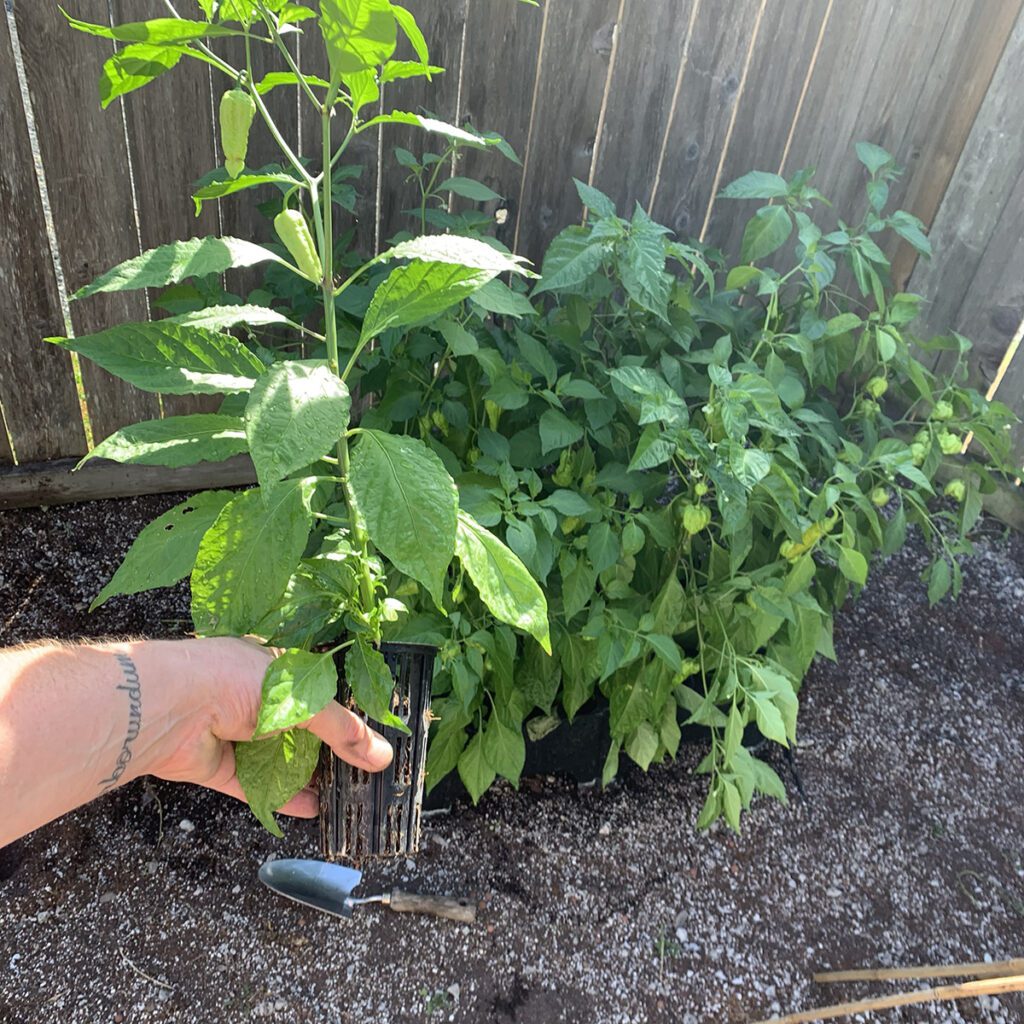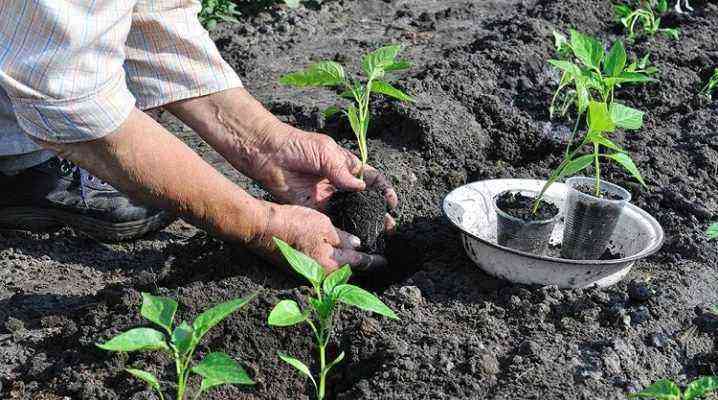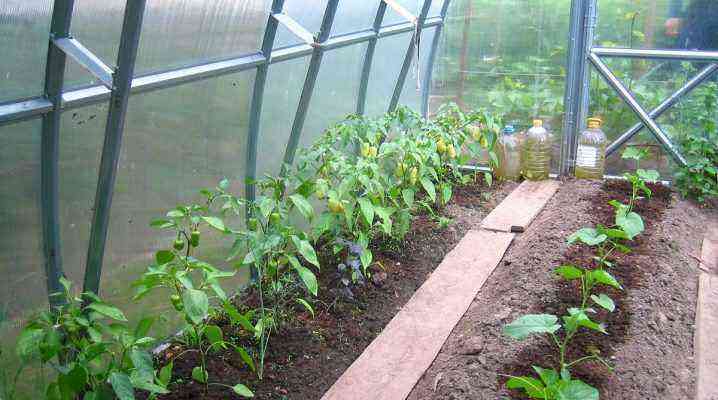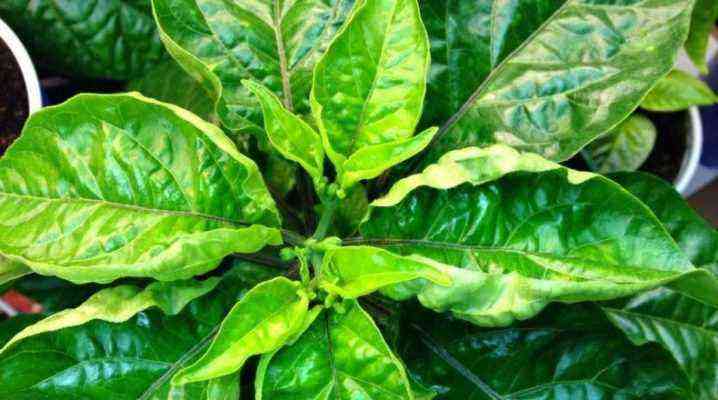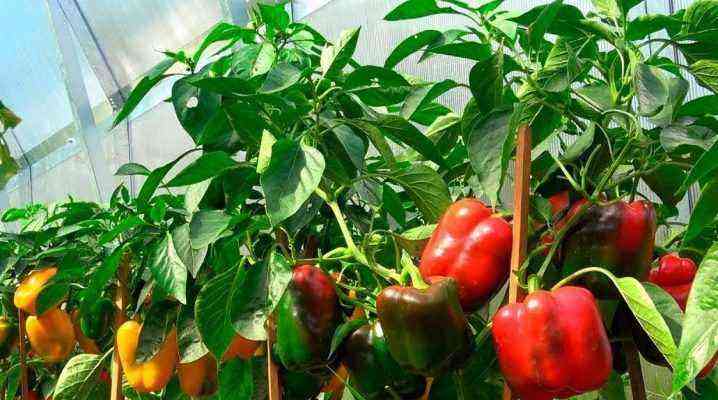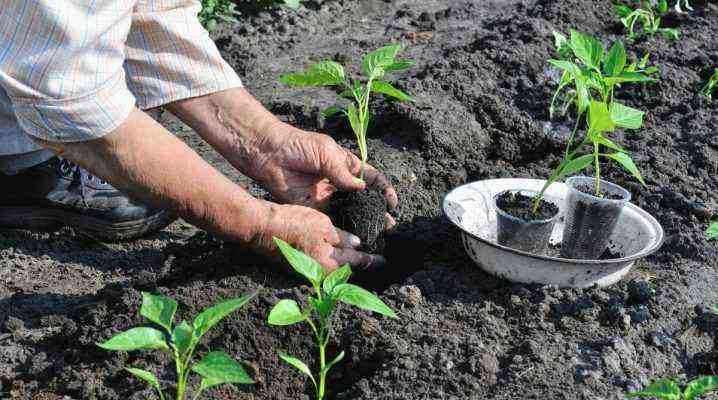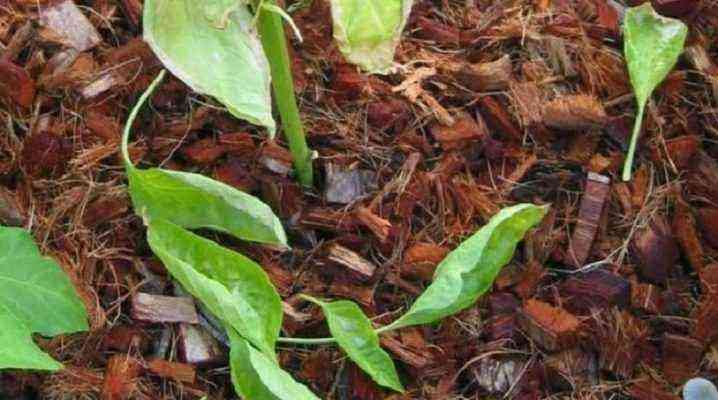
Pinch seedlings of peppers to increase yield and prevent the growth of very elongated, weak stems. If the task of the gardener is to get strong seedlings, sprawling, viable, it is difficult to do without this procedure.

The need for a procedure
Pinching is the way to get healthier and more resilient seedlings. The essence of the procedure is to shorten the central stem, as a result, the shoots thicken, the size of the leaf plates increases, and their number doubles. Pinching, or pinching, is an operation to reduce shoots on a crop for the sake of crown growth. Both peppers and other plants (the same tomatoes, for example) are pinched – this is already an established practice. The number of ovaries increases, their growth is activated, and more fruits can be obtained from each sample. It turns out that the nutrient components will go not to the growth of seedlings, but to fruit ripening.
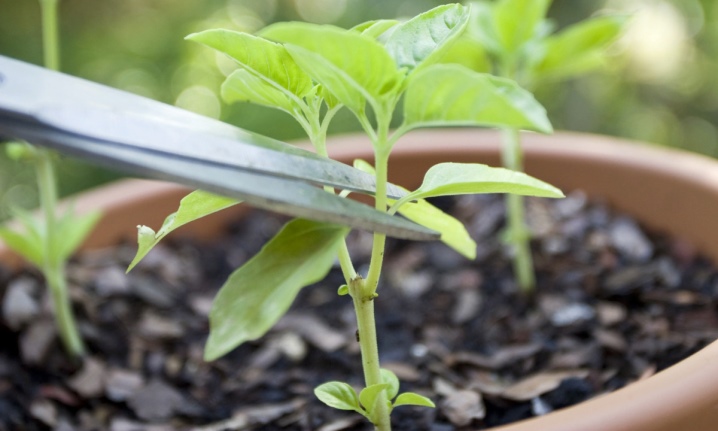
Let’s find out what are the advantages of the procedure.
- The fruits will grow larger than if the procedure is abandoned. The shell of vegetables will be thick, strong and dense. And this is a good sign – the possibility of longer storage of peppers and more predictable preservation results.
- The root system only wins after pinching: it receives more moisture and nutrients from the soil.
- Fruit buds of plants after the procedure grow faster, which means that ripening will be faster.
- It will be easier to take care of the seedlings themselves: to loosen the ground, to cultivate the crop from pests, to feed.
- The threat of reducing fungal infections is another merit of pinching, it protects against black rot especially well. Also, pinching also to some extent saves from mosaic infection.
- The illumination of the bushes is an important moment in the care of the culture. After pinching, this indicator definitely improves.
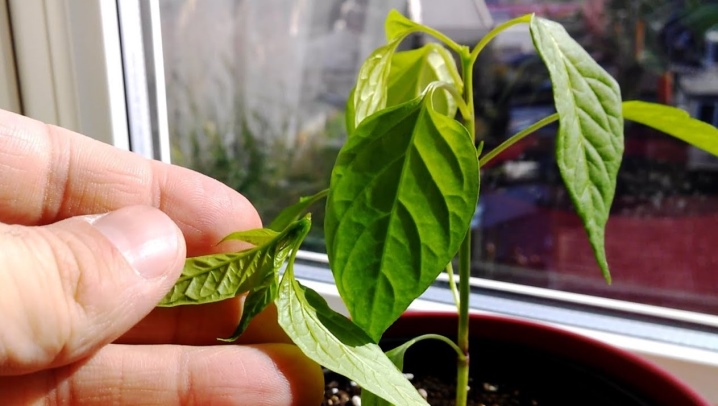
In this way, the procedure carried out on Bulgarian and other types of pepper can increase crop yield by 15–20%, facilitate plant care and improve fruit quality. Its expediency is beyond doubt, especially since the risk of damage, injury to plants during the procedure is minimal. Of course, this is also possible, but for this there is a step-by-step instruction, acting according to which you can avoid typical mistakes and do everything right.
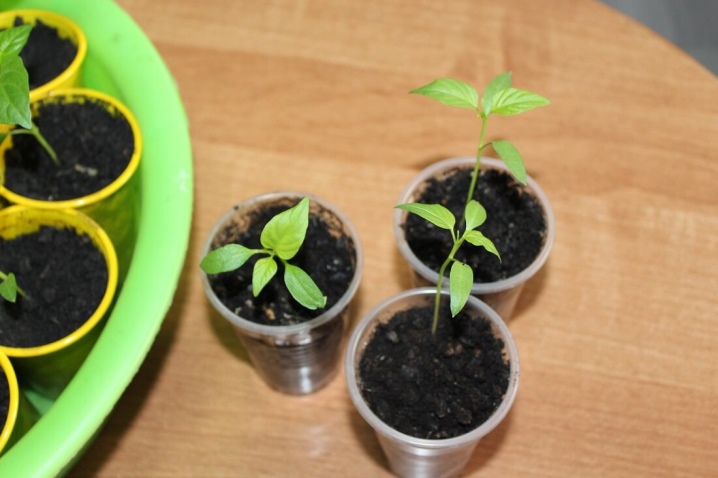
Not all plant varieties need pinching, and not all pinching algorithms are correct. Therefore, in each case, the approach should be individual.
Technology
Pinching is carried out at a certain time, according to the rules. If you ignore them, it is easy to damage the seedlings. Plants will either slow down growth or even die. And not because peppers are so finicky, just some actions are dangerous even for the most resistant plants. One of them is timing. So, the optimal time for pinching is the stage when 5 true leaves form on the pepper. No need to wait for the culture to bloom. Such a specimen already has a fairly strong root system, and it has grown to 10-15 cm (the specifics depend on the variety). And at the same time, seedlings should hit at least 25 days.
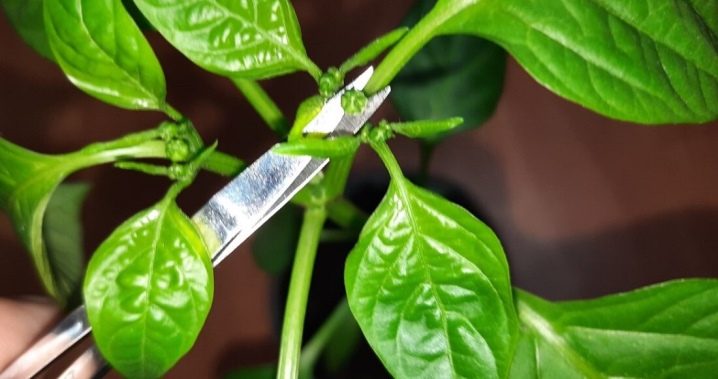
At this age, the plants are already ready to “move” to the greenhouse, settle in a permanent place. They can already safely endure the shortening of the top, pinching and removing the crown bud. If the plant is taken already more mature, it is necessary to cut off those shoots on which there are no flower buds, lower skeletal leaves yet. This will improve ventilation, the access of sunlight to the plant, and it is important that the fruits warm up well.
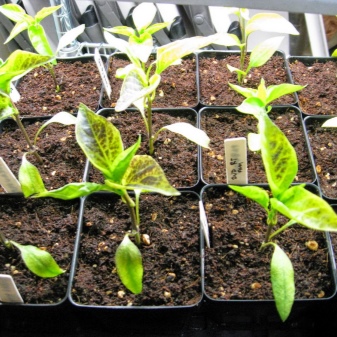

At the moment when the crop ripens, pinching is also carried out. Its purpose is to remove ovaries and flowers that have not yet had time to ripen. They are not needed, because they take strength and nutrition from the plant, but they will not give any sense (that is, fruits).
Let’s describe the process step by step.
- You can pinch sweet (and not only) peppers with a sharp cutting garden tool. Of course, sterile, disinfected. This is usually either scissors or a scalpel. But you can do it with just your hands. Experienced gardeners get down to business manually, because it is faster and there is less risk of accidentally injuring neighboring plants.
- Pinching off the tops of the shoots is extremely delicate. If during the procedure the surface shell of the remainder of the stem is damaged, the whole section of the plant will have to be removed.
- The process itself must begin with the designation of the skeletal branches of the plant. These are the most powerful shoots, they are determined simply visually. The tops that are hidden in the sinuses in the region of the fifth true leaf are cut. Well, or just cut off by hand.
- Do not leave ovaries on peppers, as their presence will slow down the development of lateral stems. Therefore, buds that have reached about 5 mm are further removed.
- Then the side shoots are shortened. The procedure is carried out during the period when the seedlings are on the street and there are at least three fruits on the pepper.
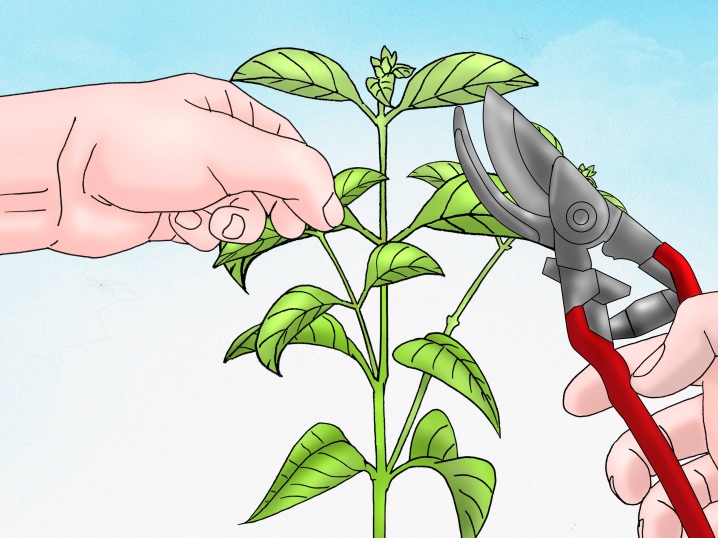
Attention! All actions should be carried out in the evening, preferably in dry weather. And before that, the seedlings must be watered.
All specimens to be pinched must be healthy. Diseased seedlings may not survive the procedure.
Let’s list a few important points.
- Not all gardeners are engaged in pinching. This is normal, especially if even without the procedure a person receives the desired harvest. But still, most of them remove the lower and inward-grown branches, because airflow and light access are an absolute benefit to the plant.
- About circumcision of the royal bud should be said in more detail. These are the buds that appear first on the plant, are formed at the fork of the main branch. They have an element that does not allow culture to grow and develop normally. You can leave the royal bud only when the plans include a seed collection or there is a need to retard the growth of the plant (this happens, for example, when planting early in outdoor soil). You need to remove it when the pepper grows to 20 cm.
- Side shoots are pruned at the start of the growing season. You need to leave a few strong branches. Those shoots that form later are cut off or carefully cut off.
- If there are barren shoots on the peppers (those under the first branching of the main stem), they also need to be removed. And along with them, the lower leaves, which ruthlessly consume nutrients, and also touch the ground. For nourishing fruitful shoots, this is only a plus.
- Skeletal shoots are pinched about 6 weeks before fruit ripening. Approximately 25 ovaries are saved on one sample, no more are needed. Because more fruits still one bush does not “endure”.
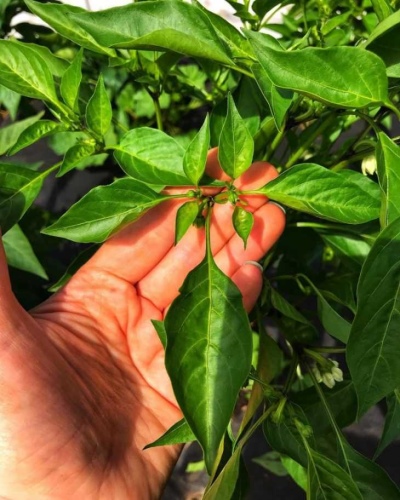
And since pinching is still stressful for the plant, you need to help it recover faster. First of all, this is watering – there should be enough moisture in the soil. At the time of watering, potassium permanganate can be added to the water to make the solution weak. It will well disinfect the earth, drive pests out of the soil. On the second day after pinching, the culture can be fed foliarly, usually complex formulations are used for this.
And, of course, it is worth considering that the procedure will slightly delay the ripening period of the fruit, by 5–7 days. In the northern regions, this circumstance is especially important to take into account.
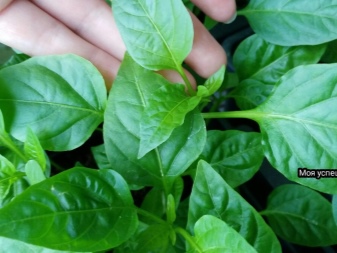
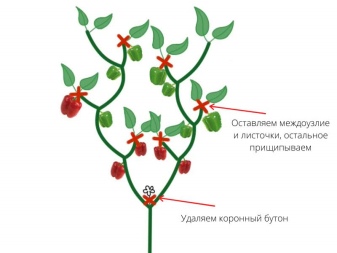
What varieties do not need to pinch?
You do not need to do anything at all with hybrid varieties of pepper, bitter and undersized. For gardeners, this is actually an axiom. Low-growing, and also dwarf varieties do not need to be formed by stepsoning, because they can do it anyway: there will be the right bush and a good harvest without any manipulation.
Unless some representatives of this list will need partial pinching if the bushes are sitting too close. This is fraught with diseases, and in order to prevent them, the bushes selectively stepson. But at the same time, only weak branches and those branches that grow inward are removed.
Among the popular varieties that do not need a procedure are Florida, Lastochka, Krasny Bogatyr, Zodiac, Barguzin, Ilya Muromets, as well as Othello F1, Pinocchio F1, Maxim F1 and some others.
